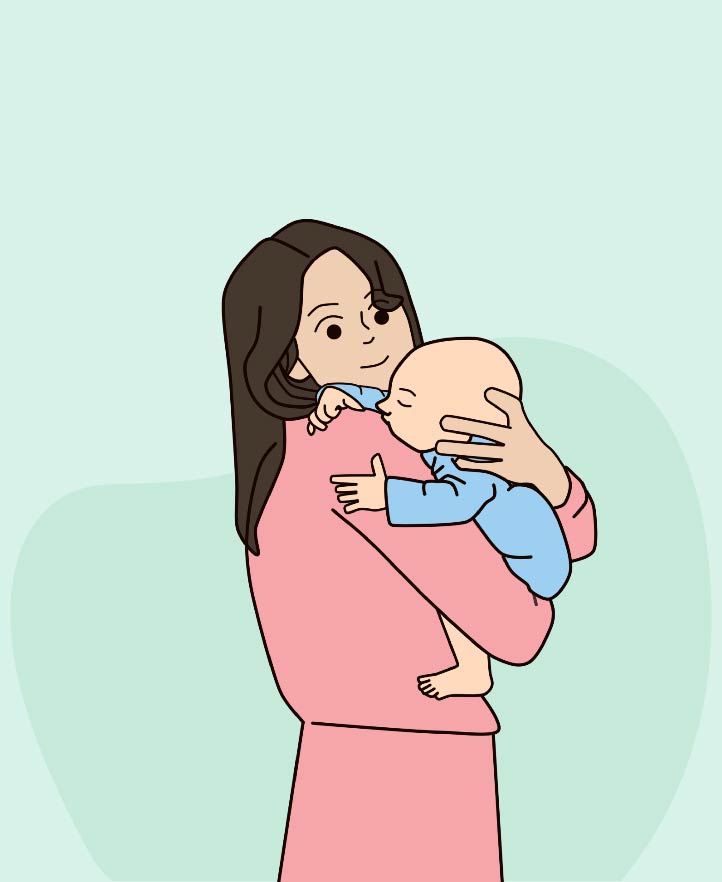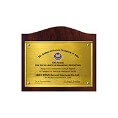

Normal Respiration of Newborn: Signs and Sounds
As a new parent, it’s normal to worry about your baby’s breathing patterns. Babies make different types of sounds when they breathe, especially until they are about six months old. Their breathing patterns differ widely from those of adults. Most of these sounds and patterns settle on their own. However, it’s essential to closely observe your baby’s breathing patterns while they sleep to understand their breathing pace, pauses, and sounds, among other things, to identify any issues in the early stages. Read on to know more.
Is Your Baby’s Breathing Pattern Normal?
Here is the pattern of normal respiration of newborn babies that parents should be aware of to avoid unnecessary panic and fear:
• Newborns use their noses more than their mouths while breathing.
• Infants breathe quicker than adults. Usually, a baby breathes around 40 to 60 times per minute. Adults breathe 18 to 20 times in a minute.
• The lungs, windpipe, and air passages of babies are not developed fully, leading to a whistling sound when they breathe.
• Slight traces of amniotic fluid may be found in the airways of babies, which makes their breathing patterns distinct from those of adults.
• Babies may take a break of about 10 seconds between one breath cycle and the next.
To know if your baby’s breathing pattern is normal, you should be well aware of their common breathing noises, such as:
Whistling sounds –
This could indicate a blockage in your baby’s nostrils if these sounds exist for a long time.
Stridor –
These are high-pitched sounds, which are quite common in infants because of the additional tissues in their larynx.
Grunting –
Does your baby produce a sudden, low-pitched sound when he exhales? You should seek medical help, as this could indicate a lung problem.
Wheezing –
This could indicate a problem of wheezing, caused by a problem in his airways. If he is not treated immediately, he may go on to be diagnosed with asthma.
Barking cough –
If your baby lets out a hoarse cry, or a barking cough-like sound while breathing, especially at night, it could indicate a blockage in his windpipe. Quick treatment is essential to prevent larynx infection.
Rapid breathing –
If your baby inhales and exhales at a very rapid rate, it could indicate mucus buildup in his lungs. Getting medical help can help prevent him from getting pneumonia.
Conclusion
Observe your baby’s breathing patterns to see and hear if they are normal. When his breathing is rapid or very noisy, you should consult a paediatrician immediately. These could signal issues in his lungs and windpipe.
One of the important components of our overall wellness is also being financially secured. Healthcare emergencies can happen any time, but a good health insurance policy can protect you from such uncertain situations. To know more about Wellness and other health related tips, visit the wellness corner.
Disclaimer: This blog provides general information and discussions about health and related subjects. The information and other content provided in this blog, website or any linked materials are not intended and should not be considered or used as a substitute for medical advice, diagnosis, or treatment. Kindly contact your doctor before starting a new medicine or health regime.
Related Articles
Normal Range for NT Scan at 12 Weeks Pregnant
Pregnancy and Childbirth – The Do’s and The Don’ts
How To Claim Maternity Insurance: Step-by-Step Guide
All You Need To Know About Maternity Insurance
Is Abortion Covered in Mediclaim Policies in India?
Published on June 5, 2025















 Health Insurance
Health Insurance  Travel Insurance
Travel Insurance  Car Insurance
Car Insurance  Cyber Insurance
Cyber Insurance  Critical Illness Insurance
Critical Illness Insurance
 Pet Insurance
Pet Insurance
 Bike/Two Wheeler Insurance
Bike/Two Wheeler Insurance  Home Insurance
Home Insurance  Third Party Vehicle Ins.
Third Party Vehicle Ins.  Tractor Insurance
Tractor Insurance  Goods Carrying Vehicle Ins.
Goods Carrying Vehicle Ins.  Passenger Carrying Vehicle Ins.
Passenger Carrying Vehicle Ins.  Compulsory Personal Accident Insurance
Compulsory Personal Accident Insurance  Travel Insurance
Travel Insurance  Rural
Rural